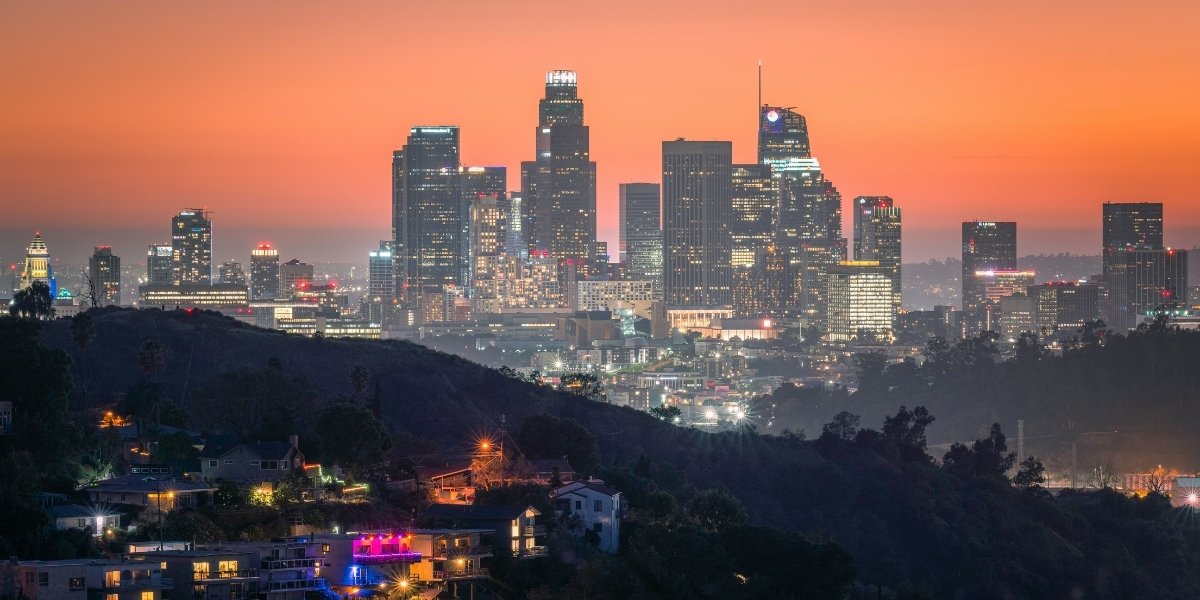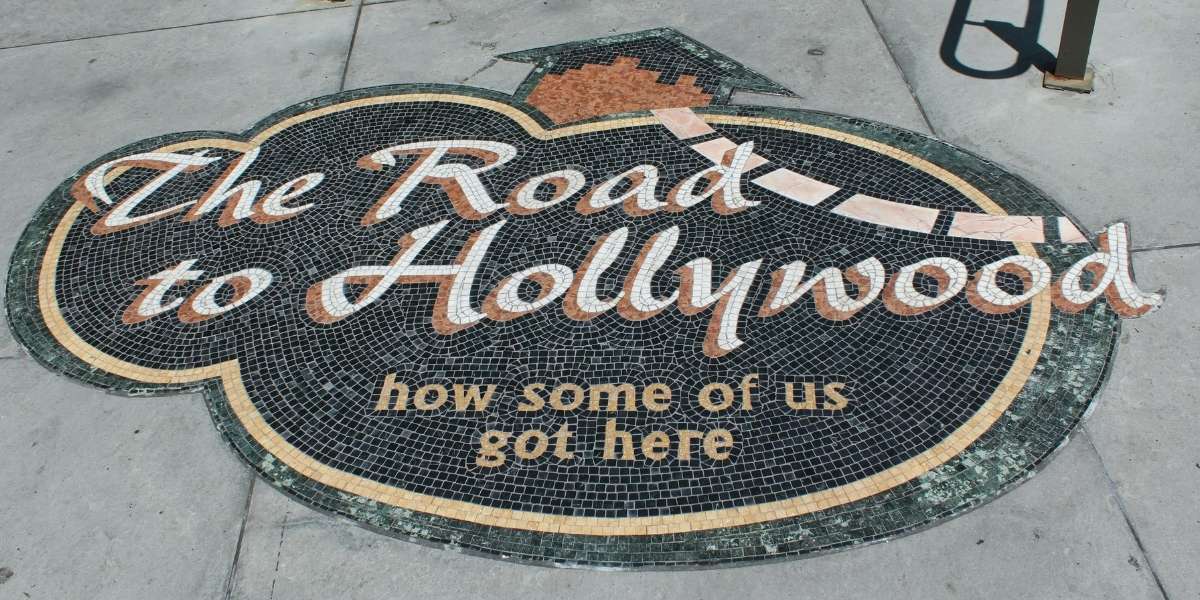When many people think of Los Angeles, they might picture Hollywood’s glamour, Beverly Hills’ luxury, or the vast expanse of freeways. While those images are certainly part of the picture, to genuinely understand the city, one needs to look deeper. Los Angeles is not a single, uniform metropolis, but rather a sprawling collection of distinct, interconnected “villages,” each possessing its own unique personality, history, and charm. Discovering these Los Angeles neighborhoods reveals the rich, multifaceted character of this global city.
A City of Many Faces: Understanding LA’s Neighborhood Tapestry
Los Angeles grew significantly through the 20th century, often by absorbing smaller, existing towns and developing new communities that retained their own flavor. This pattern of growth means that today, the experience of LA often feels like moving between many distinct places, rather than a single urban core. Each LA district developed its own distinct identity, often shaped by its original settlers, the industries that flourished there, or its particular geographic features.
For instance, some areas began as farming communities, others as beachfront resorts, and some as centers for specific ethnic populations or artistic movements. This historical layering has resulted in a fascinating “tapestry” of neighborhoods, where a mere few miles can transport a visitor from a bustling urban core to a quiet, tree-lined suburban street, or from a historic hillside enclave to a lively beach boardwalk. To truly feel the pulse of Los Angeles, it is about seeking out and appreciating these individual neighborhood charms.
From Bohemian Shores to Historic Streets: Distinct Personalities Shine
The character of Los Angeles’s diverse districts is perhaps best illustrated by exploring a few examples, each telling a very different story about the city.
Consider Venice Beach, for instance. Its character can be described as eclectic, bohemian, and undeniably free-spirited. It is known worldwide for its iconic boardwalk, a vibrant stretch populated by street performers, artists, and unique vendors. Beyond the lively beachfront, Venice also boasts charming canals, inspired by its Italian namesake, and a dynamic arts scene visible in its many murals and galleries. The area presents a compelling mix, from the upscale boutiques and restaurants along Abbot Kinney Boulevard to the more gritty, counter-culture shops closer to the sand. Venice embodies a significant facet of LA’s identity: its capacity for unconventional lifestyles, its famous beach culture, and its raw artistic expression, showcasing extremes from high-end living to spontaneous street performance.
Then there is Silver Lake, nestled in the hills of central Los Angeles. This district often projects an image that is artistic, indie, and quite trendy, drawing a creative crowd of artists, musicians, and young professionals. Silver Lake has become known for its collection of independent boutiques, unique coffee shops, and a lively music scene that pulses through its various venues. The Silver Lake Reservoir, a popular spot for walks and runs, adds a natural element to its urban fabric. The area is also celebrated for its distinctive mid-century modern architecture, with many striking homes clinging to the hillsides. It reflects a progressive, independent spirit, showcasing LA’s vibrant creative heart.

Moving away from the coast and closer to the San Gabriel Mountains, Pasadena offers a distinctly different feel. Its character is often described as historic, elegant, and intellectually rich, providing a charming suburban atmosphere combined with sophisticated urban amenities. Pasadena is famous for its beautiful Craftsman-style architecture, seen in structures like the renowned Gamble House, which showcases exquisite craftsmanship. The city is home to the historic Rose Bowl, a storied sports venue, and boasts significant cultural institutions such as the Norton Simon Museum and the closely associated Huntington Library, Art Museum, and Botanical Gardens. Its Old Town Pasadena area offers a delightful mix of shops, restaurants, and entertainment venues within beautifully preserved historic buildings. Pasadena reflects LA’s more refined side, its architectural heritage, and its commitment to education and the arts, all within a picturesque setting.
More Than Just a Name: What Creates Local Character
What truly gives these LA districts their unique character goes beyond just their names or reputations. It is shaped by a confluence of factors that intertwine to create a distinct local feel.
Demographics and population shifts play a considerable role. Over decades, different waves of residents have contributed to the distinct cultures, cuisines, and community vibes seen in areas like Koreatown, East LA, or Little Ethiopia. Architectural styles also heavily influence a neighborhood’s aesthetic and charm, whether it is the prevalent Craftsman homes of Pasadena, the Mid-Century Modern designs in Silver Lake, or the Spanish Colonial Revival influences found in many older parts of the city.
The presence of local businesses and hangouts significantly defines a district’s personality. Unique coffee shops, independent boutiques, specific types of restaurants, lively music venues, and art galleries all contribute to the daily life and social fabric of an area, making it feel distinct from its neighbors. Natural features like proximity to beaches, the presence of hills or mountains, local parks, or bodies of water also shape the character, influencing outdoor activities and the overall quality of life. The density of arts and culture, including public murals, performance spaces, and smaller galleries, further solidifies a neighborhood’s identity as a hub for creative expression.
Reflecting a Broader Identity: The Sum of LA’s Parts
The inherent individuality of each of Los Angeles’s diverse districts collectively contributes to the city’s complex and multifaceted LA identity. It is a place that champions both immense sprawl and an intense sense of local spirit, where residents often feel a stronger allegiance to their particular neighborhood than to the broader city as a whole.
The constant evolution and reinvention seen in these neighborhoods, with areas undergoing preservation efforts, revitalization, and shifts in demographics, also mirrors the dynamic nature of Los Angeles itself. The blend of stunning natural beauty, from sprawling beaches to majestic mountains, with dense urban development across its districts, further highlights this unique balance. This collection of diverse populations and cultural influences, creating countless distinct microcosms, showcases the vibrant, ever-changing soul of LA.
To truly immerse oneself in the spirit of Los Angeles is to embark on a journey of discovery through its many captivating neighborhoods. Each corner offers a different story, a different vibe, and a new understanding of what makes this sprawling, diverse metropolis so endlessly fascinating.





